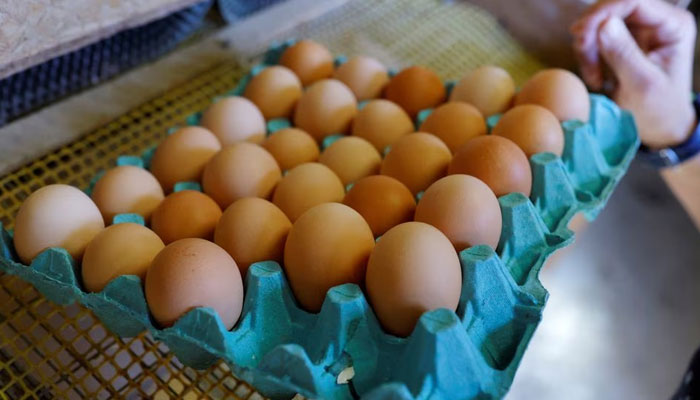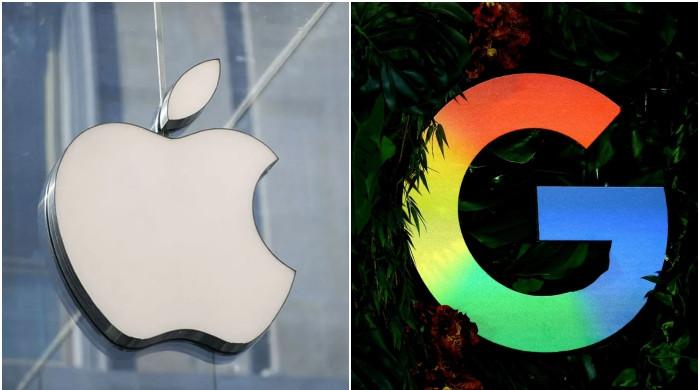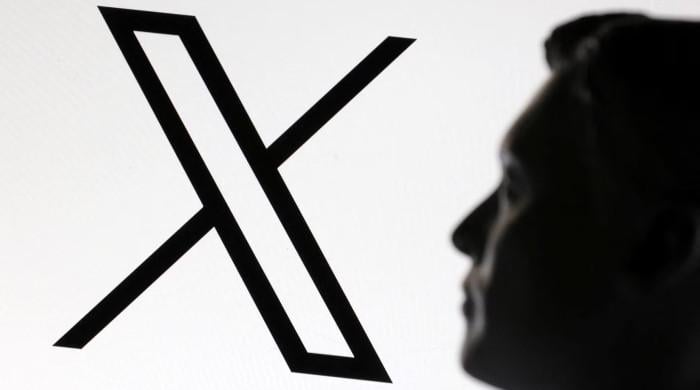Scientists reveal what came first, chicken or egg
"Amniotic egg is very different from anamniotic, of extant amphibians, which lacks eggshell, extraembryonic membranes," claims study
June 14, 2023

People have often debated the question of what came first, the chicken or the egg. This is a topic which everyone of all ages discusses but none of them could find the simple answer about this. But scientists appear to have answered the paradox.
The researchers from a study published in the Journal Nature Ecology and Evolution put forth an idea that the ancestors of the current birds and reptiles gave birth to live young.
Giving birth to living young allows the female to better protect her developing embryo until it's ready to be born.
Researchers from Nanjing and Bristol University challenged the belief that hard-shelled eggs were the key to the success of amniotes — animals whose foetuses develop inside an amnion inside the egg.
The study noted that "the amniotic egg is very different from the anamniotic egg of extant amphibians, which lacks an eggshell and extraembryonic membranes”.
"The amniotic egg consists of a suite of fetal membranes, including the amnion, chorion and allantois, as well as an external shell that can be either strongly mineralized (as in rigid-shelled eggs) or weakly mineralized (as in parchment-shelled eggs)," the study said.
University of Bristol's School of Earth Sciences led the study in which 51 fossil species and 29 living species categorised as oviparous, that lay hard or soft-shelled eggs, or viviparous, that give birth to live young, according to the Times.
"All the branches of Amniota, including mammals, show signs of retaining embryos within their bodies for extended periods of time," found the study.
Professor Michael Benton, from the University of Bristol, said: "Our work, and that of many others in recent years, has consigned the classic 'reptile egg' model of the textbooks to the waste basket."
"The first amniotes had evolved extended embryo retention rather than a hard-shelled egg to protect the developing embryo for a lesser or greater amount of time inside the mother, so birth could be delayed until environments become favourable."
"Sometimes, closely related species show both behaviours, and it turns out that live-bearing lizards can flip back to laying eggs much more easily than had been assumed," project leader Professor Baoyu Jiang added.











